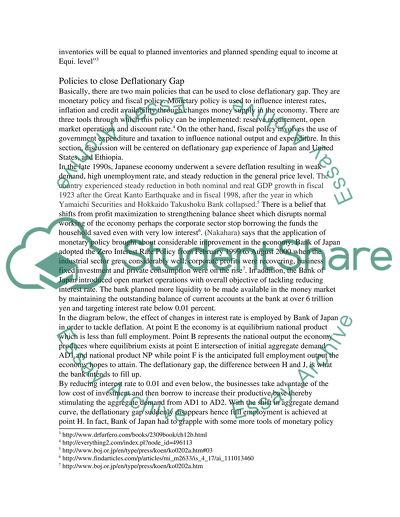Cite this document
(Policies Government can use to close Deflationary Gap Assignment Example | Topics and Well Written Essays - 1750 words, n.d.)
Policies Government can use to close Deflationary Gap Assignment Example | Topics and Well Written Essays - 1750 words. https://studentshare.org/macro-microeconomics/1500583-policies-government-can-use-to-close-deflationary-gap
Policies Government can use to close Deflationary Gap Assignment Example | Topics and Well Written Essays - 1750 words. https://studentshare.org/macro-microeconomics/1500583-policies-government-can-use-to-close-deflationary-gap
(Policies Government Can Use to Close Deflationary Gap Assignment Example | Topics and Well Written Essays - 1750 Words)
Policies Government Can Use to Close Deflationary Gap Assignment Example | Topics and Well Written Essays - 1750 Words. https://studentshare.org/macro-microeconomics/1500583-policies-government-can-use-to-close-deflationary-gap.
Policies Government Can Use to Close Deflationary Gap Assignment Example | Topics and Well Written Essays - 1750 Words. https://studentshare.org/macro-microeconomics/1500583-policies-government-can-use-to-close-deflationary-gap.
“Policies Government Can Use to Close Deflationary Gap Assignment Example | Topics and Well Written Essays - 1750 Words”. https://studentshare.org/macro-microeconomics/1500583-policies-government-can-use-to-close-deflationary-gap.


